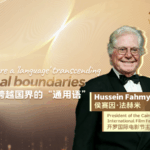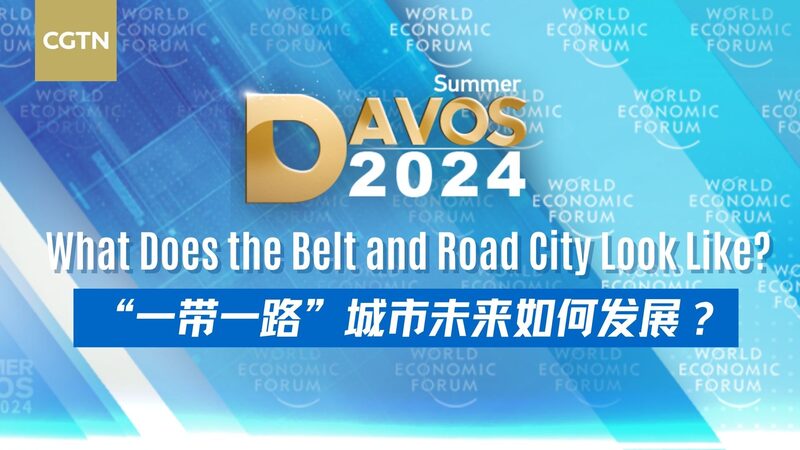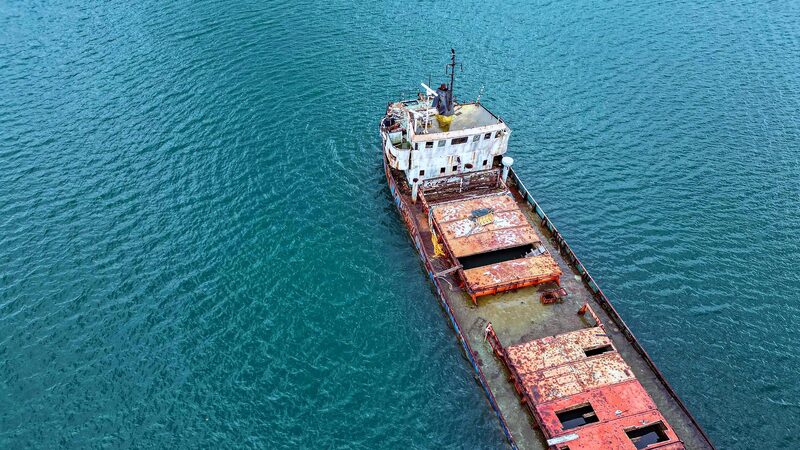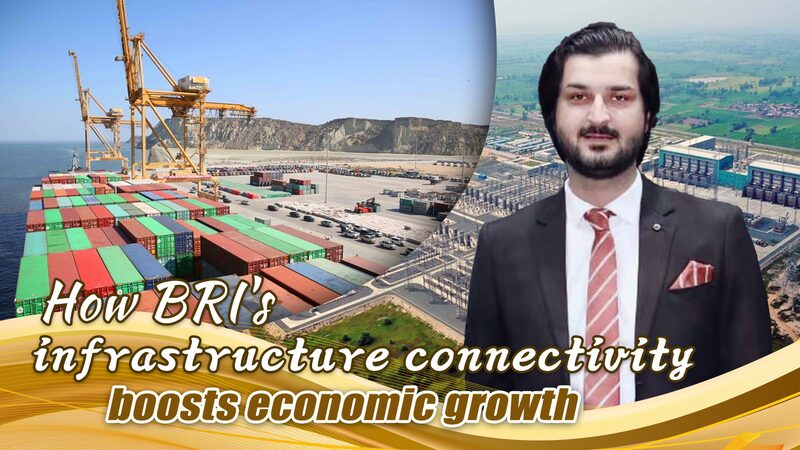How the Belt and Road Initiative Reshaped Trade & Infrastructure
Since 2013, the Belt and Road Initiative (BRI) has been a game-changer for global connectivity, and Egypt stands as a prime example. With over 70% of the world’s population under its umbrella, the BRI isn’t just about roads and ports—it’s a blueprint for shared growth. 🇪🇬
Egypt, among the first BRI partners, saw transformative projects like the Suez Canal Economic Zone and a surge in renewable energy investments. Former Egyptian Foreign Minister Nabil Fahmy highlights: 'The BRI isn’t just infrastructure—it’s about bridging economies and cultures.'
🌐 For the Arab world, BRI-driven projects have boosted cross-regional trade by 18% since 2015, while tech collaborations are fostering a youth-driven digital revolution. But Fahmy argues the initiative’s true power lies in 'prioritizing development rights for all nations—big or small.'
As the BRI enters its second decade, its vision of a 'global community of shared future' hinges on balancing economic wins with sustainability. With 150+ countries onboard, the question isn’t just about growth—it’s about how to grow together. 🌱💡
Reference(s):
What changes has the BRI brought to Egypt and the Arab world?
cgtn.com







